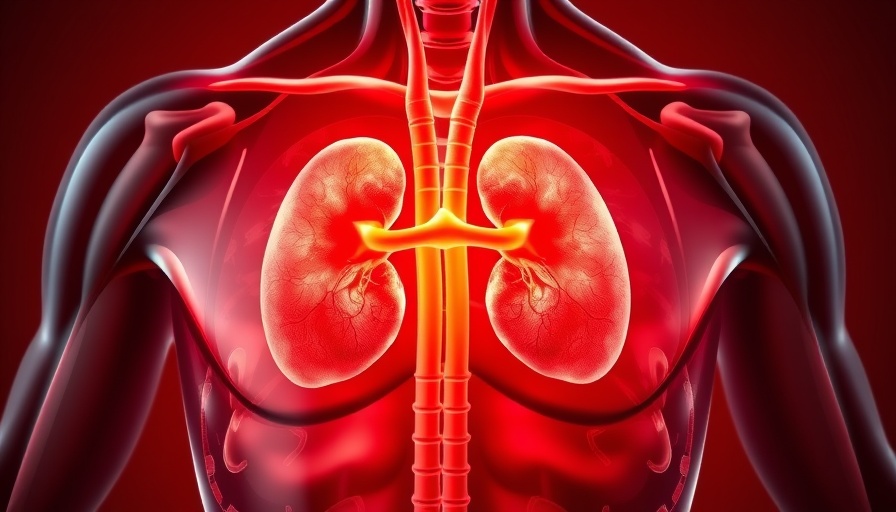
The Connection Between Fluid Removal Rates and Mortality in AKI Patients
Acute kidney injury (AKI) is a grave health concern that affects millions globally, particularly the elderly and those with existing health issues. A recent study has shed light on a crucial factor influencing the outcomes for AKI patients: the rate of fluid removal during treatment. Researchers have found that a low fluid removal rate is significantly linked to higher mortality rates among these patients, raising crucial questions about treatment protocols in critical care settings.
Understanding Acute Kidney Injury: A Growing Concern
AKI can occur due to a variety of reasons, including dehydration, infections, and certain medications. It often requires hospitalization and close monitoring. As healthcare providers strive to improve patient outcomes, studies like these bring to attention the often-overlooked aspects of patient care.
What the Study Reveals
The comprehensive study analyzed fluid removal rates and subsequent patient outcomes. It concluded that patients experiencing lower fluid removal rates are at a significantly greater risk of mortality. This insight helps clarify the importance of balancing fluid intake and output—too much fluid can cause stress on the kidneys, while too little can lead to a range of complications.
Telemedicine: A Game Changer in Monitoring Care?
As we explore ways to enhance care for AKI patients, the role of telemedicine emerges as a promising trend. Regular remote monitoring can facilitate timely adjustments to treatment plans, allowing for better management of fluid levels. Utilizing telemedicine not only streamlines patient care but also enhances communication between healthcare providers, making it easier to identify deterioration in a patient’s condition before it becomes critical.
What Can Be Done?
Healthcare providers might want to consider adopting new guidelines focused on individualized care for AKI patients. This includes:
- Monitoring fluid balance closely.
- Implementing telemedicine solutions for improved patient engagement.
- Educating family members on signs of fluid overload or dehydration.
These actionable insights not only aim to enhance patient outcomes but also empower families in the care process.
The Human Impact: Personal Stories and Community Support
The emotional toll of AKI can greatly ripple through families and communities. It is essential to remember that every statistic reflects real people. For many families, understanding the gravity of AKI and advocating for improved patient care protocols can make a world of difference in outcomes and experiences during a health crisis.
Conclusion: Together Toward a Healthier Future
The alarming link between low fluid removal rates and higher mortality rates emphasizes the need for focused attention in caring for AKI patients. By embracing modern technological solutions like telemedicine, we create opportunities to enhance monitoring processes and ultimately save lives. Let us strive to create a supported, informed community that champions proactive care for those in need. By sharing this information, we can all contribute to better health outcomes and community well-being.
 Add Row
Add Row  Add
Add 




 Add Row
Add Row  Add
Add 

Write A Comment